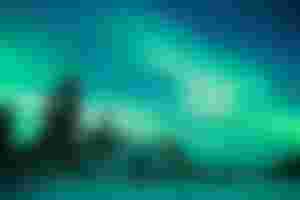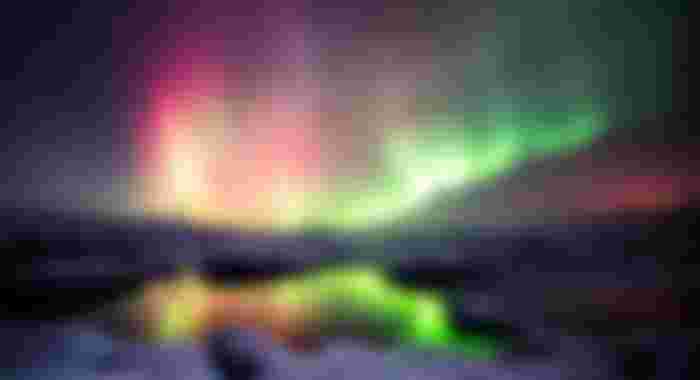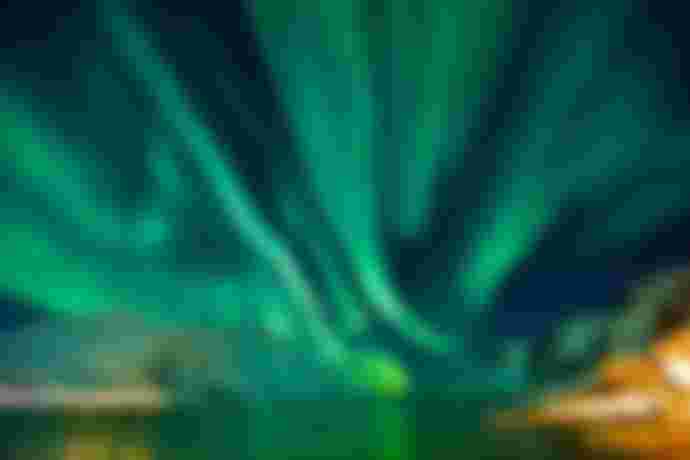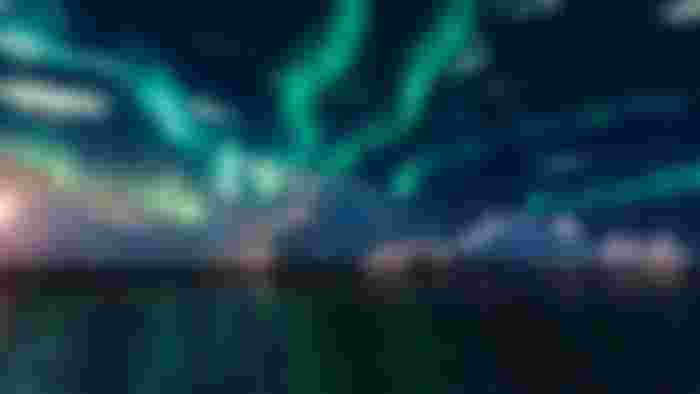Polar night occurs in the northernmost and southernmost parts of the Earth when the night lasts longer than 24 hours. This only happens within the polar circles. The opposite phenomenon, the polar day or midnight sun, occurs when the sun stays above the horizon for more than 24 hours. "Night" is understood as the center of the Sun below the free horizon. Because the atmosphere is crushed by the sun’s rays, the polar day is longer than the polar night, and the area affected by the polar night is slightly smaller than the surface of the midnight sun. The polar night lasts about twenty-four hours, while the midnight sun lasts about twenty-four hours. While the day is in the Arctic Circle, the night is in the Antarctic Circle.

The Arctic is usually defined as an area where the average temperature in the warmest month is below 10 degrees Celsius.
In Svalbard, Norway, the northernmost populated region in Europe, there is no sunset from about mid-April to late August. At the North Pole itself it is more extreme, there the sun can be seen continuously for half a year. The North Pole has the midnight sun - the period when the sun is "out" 24 hours - as much as 6 months, from late March to late September.

Countries that lie within the Arctic Circle are the United States (Alaska), Greenland, Norway, Finland, Russia (Siberia) and Antarctica at the South Pole.
It is day at the North Pole from March 21 to September 23, and night at the South Pole. And vice versa from September 23 to March 21.

In fact, there is no country where it would be like that. Namely, no one owns the North and South Poles, All land and waters in the North Pole are under the protection of eight Arctic coastal states: Canada, Norway, Russia, Denmark (because of Greenland), Iceland, Sweden, Finland and the United States.
As none of the countries lies all within the Arctic, in fact only parts of those countries feel the long day and the long night.

A quarter of Finland is under the Arctic Circle, and the northernmost point in the country has no sunsets "only" for 60 days during the summer. It is so in Svalbald from about April 19 to August 23. So, there is midnight sun and polar night, just not exactly half a year.
In Greenland, the sun sets in mid-October and does not appear until the very end of February. The polar night lasts four months and a week.
The Icelandic capital Reykjavik, also the northernmost capital in the world, has the longest day in summer, more precisely on June 21, when the day lasts as much as 21 hours and 45 minutes.

Five capitals with the least daylight in winter:
1. Reykjavik, Iceland - about 4 hours and 7 minutes of daylight on December 21st
2. Helsinki, Finland - about 5 hours and 41 minutes of daylight on December 21st
3. Oslo, Norway - about 5 hours and 54 minutes of daylight on December 21st
4. Tallinn, Estonia - about 6 hours 3 minutes of daylight on December 21st
5. Stockholm, Sweden - about 6 hours and 5 minutes of daylight on December 21st
It is a special experience to be inside the Arctic Circle, to experience the midnight sun. Besides, nature is unimaginably beautiful. Or cruel, however you look at life.

Polar bears on glaciers are a special sight, just like reindeer that roam freely in the wild.






I think someone has already written something similar on the subject of the polar night, otherwise I can say that it is certainly magical.